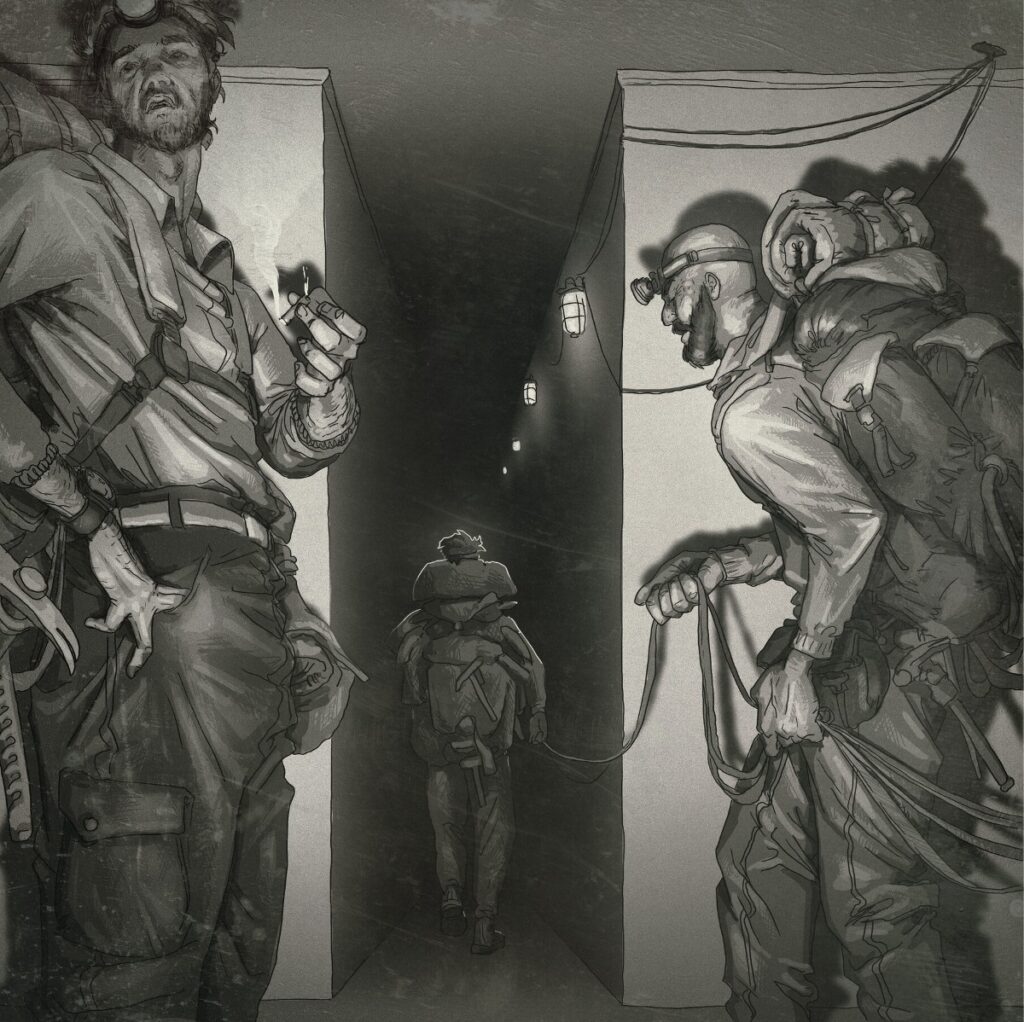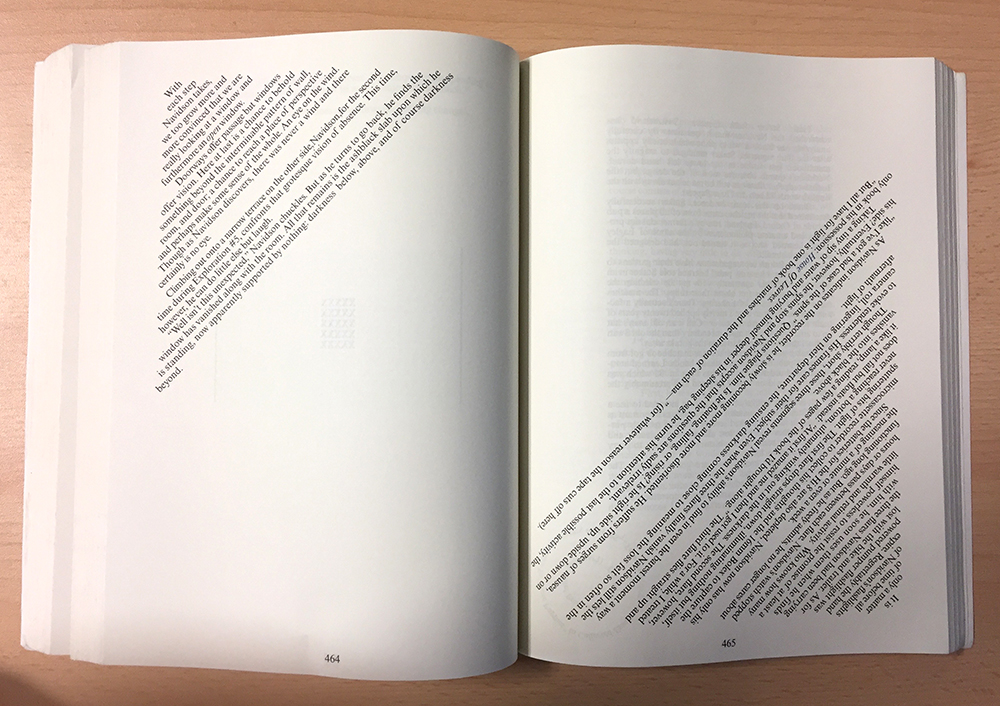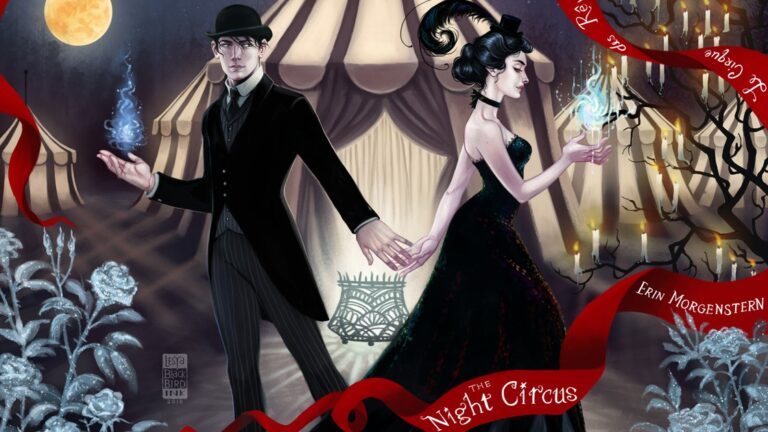Review: House of Leaves by Mark Z. Danielewski

What happens when a house isn’t exactly a house, and the pages of the story you’re engaging with literally dance their prose from paragraph to footnote to hidden cipher?
You get a novel that defies genres, style, and even logic at some points. Is it fantasy or thriller? Mystery? Or, as many claim, is Infinite Jest for horror fans?
This is the enigma of House of Leaves, the cult favorite novel that has inspired a dedicated fanbase of detectives and literary code-breakers intent on finding meaning among the upside phrases, typographic ballet, and universe in the footnotes of one of the most interesting books on record.
The Story
House of Leaves is a unique and complex novel by Mark Z. Danielewski.
Published in 2000, it’s known for its unconventional format and narrative structure. The story is presented as a nested series of narratives, footnotes, and appendices, creating a labyrinthine reading experience.
The central plot revolves around Johnny Truant, who finds a strange manuscript by a blind man named Zampano, which in turn is a scoping review of a documentary that doesn’t seem to exist.
The documentary follows Will Navidson, a photographer who wakes up one day to find a long, dark hallway mysteriously appearing in his house that seemingly leads nowhere. This house, much like the book, is slightly bigger on the inside than on the outside. (You read that right, House of Leaves is an experience down its bones – every single page has meaning, including the cover).
The book is a workout, both for the mind and the arms, requiring readers to literally spin the pages around to follow the sideways and upside-down writing – this style is called Ergodic typography, and none have taken to it better than this author.

Danielewski uses different fonts, colors, and layouts to convey various narrative perspectives and states of mind. The novel has gained a cult following for its experimental style and intricate storytelling. It challenges traditional notions of what a novel can be and explores themes of madness, obsession, and the nature of storytelling.
At the center of the story is Will Navidson and the house within his house.
Being adventurous, he journeys down this hallway into more ash-black corridors and, through a series of left turns, ends up back where his living room should have been. The corridors then repeatedly shift around, like a labyrinth.
Navidson chronicles the many discoveries of this house, such as the grand main chamber and the giant spiral staircase that goes down forever. Instead of a clear description of what is in this mysterious place, the book gives a rather exhaustive list of everything that isn’t contained in it.
For example, the house has no radiators, no drains, bathtubs, urinals, sinks, drinking fountains, Christmas trees nor circuit breakers, etc. This leaves the reader to compile a picture of the house, using only the negative presented – what a challenge in a simple list.
Navidson is joined by friends and fellow explorers, who believe the house is theirs to conquer and subsequently try to take the glory from Navidson. However, the house tends to react to its inhabitants and shifts around in such a way as to drive the other explorers insane, leaving only Navidson – clearly this sentient structure’s favorite.
Throughout, we pivot back to Johnny, who slowly starts losing his grip on reality as he reads this review and ultimately discovers that the documentary never existed in the first place, meaning the house never existed. Interestingly, though, Johnny is very upfront about being an unreliable narrator – another layer in the novel that makes the reader question the veracity of any single word in the book.
At one point, Navidson tries to work out how old the house is by taking samples and categorizing them from A to XXXX for the oldest. It is revealed that the XXXX sample is slightly older than the solar system. This results in several walls of text comprising nothing but XXXXXXXXXXXXXXXXX, implying that the house is incomprehensibly old. This is how the author plays with the visual layout of the novel itself to take his readers on this madcap journey into the abyssal darkness and mystery that is House of Leaves.
As Navidson explores alternate routes in the house, so does the novel, literally forcing the reader to go on the journey with Navidson as the text spins, turns upside down and appears sideways. The use of footnotes helps to tell Johnny’s story at the same time as Navidson’s story, so we essentially are reading two books at the same time – or perhaps even more. Let’s delve into the theories this book has spawned.
Theories and Themes
House of Leaves doesn’t offer much in the way of resolution as to what the house actually is, whether the documentary is real, or whether Johnny isn’t just lying to the reader about what he found. This leaves interpretation up to the reader.
Navidson, in turn, has his own theories about the house, thinking it to be a representation of God.
It would be impossible (and riddled with spoilers) to dive into every possible theory about the house, so let’s focus on one that the book hints at in all the footnotes – that the house is Yggdrasil; the Norse tree of life that connects all nine worlds of the cosmos.
On the surface, this may seem like a bit of a reach, but if the reader looks at the way things are named, it starts painting a clearer picture.
Navidson lives on a street called Ash Tree Lane, and Yggdrasil is known as the Tree of Ash. The tree also existed for longer than the universe, and it’s implied that the House has existed for a similar length of time.
A smaller detail can be found in the footnotes: In the appendix of the book, there is a short poem about Yggdrasil, but above it is a large black dot, resembling the period at the end of a sentence, implying that the end of every sentence is a footnote that leads back to that appendix.
Another theory worth exploring is that the novel is a deliberate experiment in interactive storytelling, where the reader’s active participation is an essential part of the narrative experience. This suggests that the author’s work is a statement on the passivity of reading, challenging it to become an even more immersive experience that disregards the plot in favor of the journey the reader takes.
The concept of the labyrinth is central to both the plot and the thematic exploration of the novel. The Navidson house itself is a labyrinth, with its ever-shifting hallways and impossible dimensions. The structure of the book mirrors this labyrinth, with its winding narrative paths and intricate layers. The characters, too, find themselves lost in psychological labyrinths as they grapple with the enigma of the house and the manuscript.
Will Navidson, a Pulitzer Prize-winning photojournalist, is driven by a desire to document and understand the inexplicable events in his home. His partner, Karen, grapples with the emotional toll of living in a house that seems to defy the laws of physics. Johnny Truant, on the other hand, is an unreliable narrator whose descent into madness adds a layer of psychological horror to the narrative.
Interesting footnotes
The inclusion of footnotes in House of Leaves is a notable and fascinating aspect of the novel’s narrative structure.
These footnotes are a distinctive blend of fact and fiction, adding complexity to the narrative and challenging the reader’s perception of reality. We are invited to question the reliability of the footnotes and, by extension, the entire narrative.
Many of the footnotes are for references that don’t exist. For instance, a seemingly mundane scene involving a character named Jed Leeder becomes the springboard for the invention of an entirely fabricated book titled Follow the Leeder.
Furthermore, the clever use of acrostics in the footnotes adds another dimension to the novel’s complexity. By taking the first letter of each footnote, the author’s full name, Mark Daniel Z. Danielewski, is spelled out before lapsing into gibberish – a fun detail that only the most adept of detectives discovers. It honestly makes one wonder what else still lurks within these pages and what is yet to be discovered.
Final Thoughts and Lack of Closure
House of Leaves is a groundbreaking work that pushes the boundaries of conventional storytelling.
Mark Z. Danielewski’s innovative narrative techniques, coupled with the novel’s exploration of fear, perception, and reality, make it a standout in contemporary literature. The intricate formatting, labyrinthine plot, and psychological depth create a reading experience that is both challenging and deeply rewarding.
This is not just a novel; it’s an immersive journey into the unknown, a literary hall of mirrors that reflects the complexities of the human mind and the power of storytelling itself.
However, what stands out most is that the novel is not about closure and does not wrap everything up in a neat bow at the end. Instead, the novel thrives on ambiguity and deliberately avoids providing definitive answers.
The nature of the house, its origin, and the reality of the events are left open to interpretation. This absence of certainty contributes to the unsettling atmosphere and encourages readers to grapple with their own perceptions of truth.
Many characters in the novel grapple with personal demons, trauma, and unresolved issues. However, the narrative does not neatly tie up their stories or provide clear resolutions. The characters, much like the readers, are left to navigate the uncertainties of their own journeys without a prescribed endpoint.
At its heart, House of Leaves is a horror novel, but it goes beyond traditional scare tactics. The horror is not only in the supernatural elements of the Navidson house but also in the psychological unraveling of the characters. The novel explores the primal fear of the unknown, the terror of losing one’s grip on reality, and the haunting realization that the boundaries between fiction and reality may be more porous than we imagine.
Finally, no review could encompass all that House of Leaves represents; instead, this is merely an invitation to one of the most bizarre but fascinating reads that we’ve come across, and we urge you to get to work on figuring out what the House of Leaves is to you.
Good to know
What may surprise some readers is that House of Leaves was almost a series, but this has yet to come to fruition as of the writing of this review. The author released the script outline and later gave a revised version of how he’d like it to play out.
Daneliewski’s sister released an album that acts as a sort of companion piece to the book, too, but this is a very tenuous connection that only the hardest fans link to.



